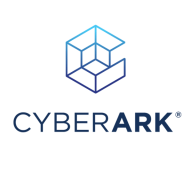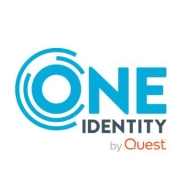

CyberArk Privileged Access Manager and One Identity Privileged Access Suite for Unix are leaders in privileged access management. Based on user reviews, CyberArk excels in support and pricing satisfaction, while One Identity is favored for its advanced features and integration.
Features: CyberArk offers comprehensive security and policy management, focusing heavily on support and pricing satisfaction. One Identity provides advanced features, significant scalability, and notable integration capabilities, which makes it adaptable across diverse environments.
Room for Improvement: CyberArk can enhance its reporting tools, customization options, and analytics. One Identity requires better documentation, improved performance speed, and advancements in support quality.
Ease of Deployment and Customer Service: CyberArk's deployment process can be time-consuming but is balanced by strong customer service. One Identity allows for smoother deployment yet experiences mixed reviews in customer support.
Pricing and ROI: CyberArk is known for its favorable pricing model, offering strong ROI. One Identity's premium pricing provides substantial ROI, particularly for its advanced features, justifying the higher initial costs.


CyberArk Privileged Access Manager is a next-generation solution that allows users to secure both their applications and their confidential corporate information. It is extremely flexible and can be implemented across a variety of environments. This program runs with equal efficiency in a fully cloud-based, hybrid, or on-premises environment. Users can now protect their critical infrastructure and access it in any way that best meets their needs.
CyberArk Privileged Access Manager possesses a simplified and unified user interface. Users are able to manage the solution from one place. The UI allows users to view and manage all of the information and controls that administrators need to be able to easily access. Very often, management UIs do not have all of the controls and information streamlined in a single location. This platform provides a level of visibility that ensures users will be able to view all of their system’s most critical information at any time that they wish.
Benefits of CyberArk Privileged Access Manager
Some of CyberArk Privileged Access Manager’s benefits include:
Reviews from Real Users
CyberArk Privileged Access Manager’s software stands out among its competitors for one very fundamental reason. CyberArk Privileged Access Manager is an all-in-one solution. Users are given the ability to accomplish with a single platform what might usually only be accomplished with multiple solutions.
PeerSpot users note the truly all-in-one nature of this solution. Mateusz K., IT Manager at a financial services firm, wrote, "It improves security in our company. We have more than 10,000 accounts that we manage in CyberArk. We use these accounts for SQLs, Windows Server, and Unix. Therefore, keeping these passwords up-to-date in another solution or software would be impossible. Now, we have some sort of a platform to manage passwords, distribute the inflow, and manage IT teams as well as making regular changes to it according to the internal security policies in our bank."
Hichem T.-B., CDO & Co-Founder at ELYTIK, noted that “This is a complete solution that can detect cyber attacks well. I have found the proxy features most valuable for fast password web access.”
The Privileged Access Suite for Unix is a one-stop shop for UNIX security that combines Active Directory bridge and root-delegation solutions in one console. It extends the authentication and authorization of Active Directory to UNIX, Linux, and Mac OS X users consolidating and unifying identities. Plus, it assigns individual accountability, enables least-privilege access and centralizes access reporting of the UNIX root account.
We monitor all Privileged Access Management (PAM) reviews to prevent fraudulent reviews and keep review quality high. We do not post reviews by company employees or direct competitors. We validate each review for authenticity via cross-reference with LinkedIn, and personal follow-up with the reviewer when necessary.